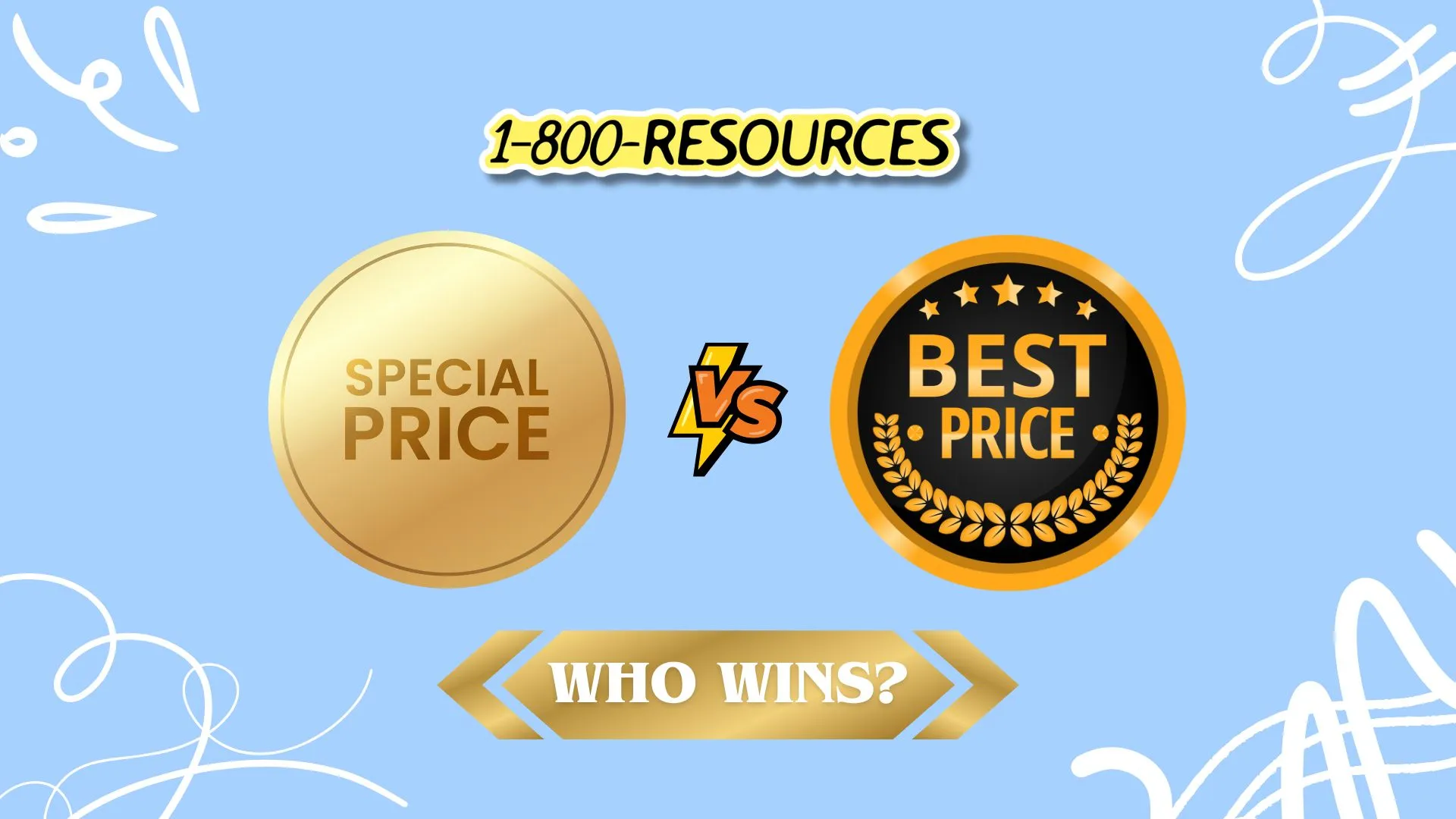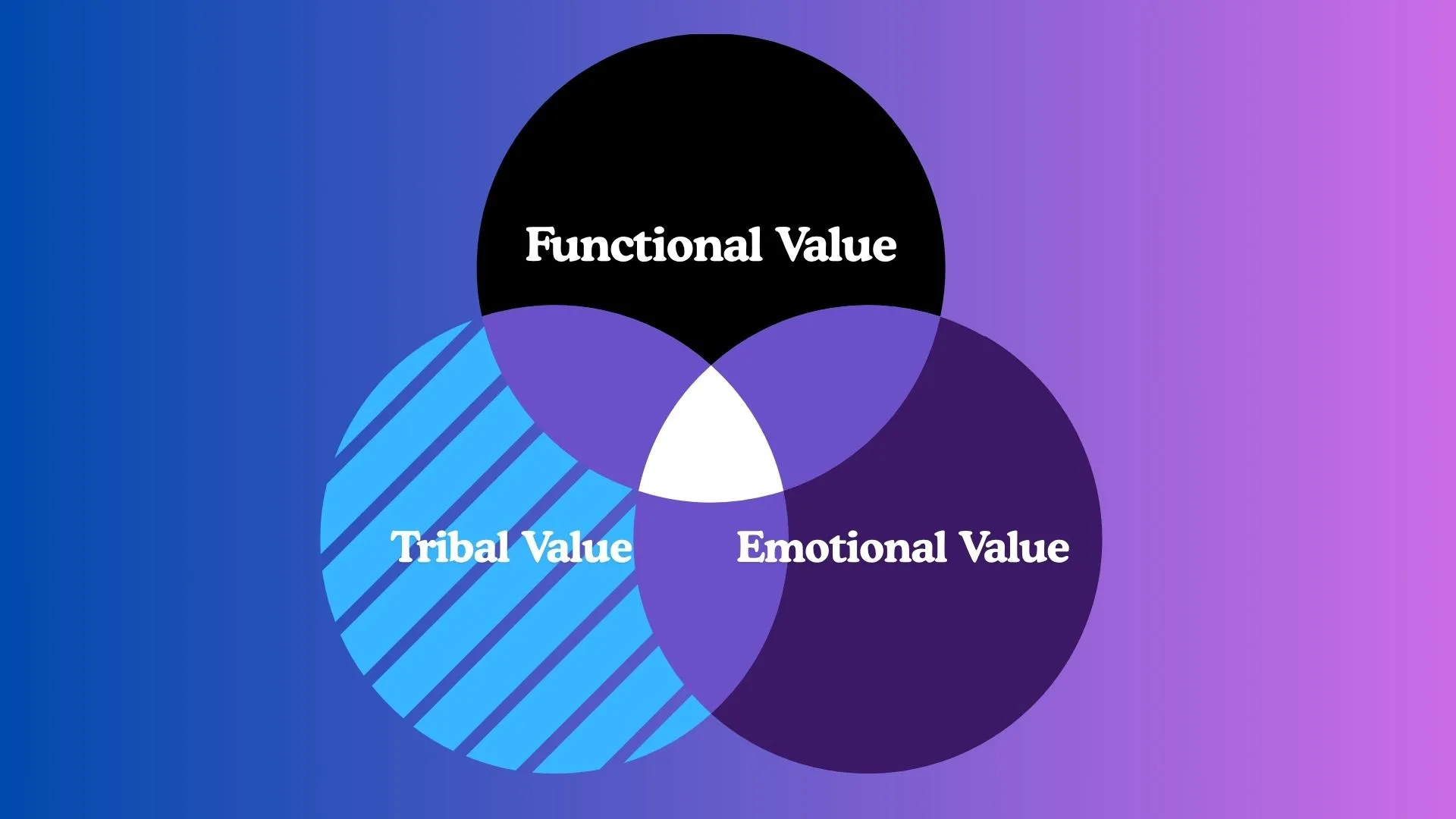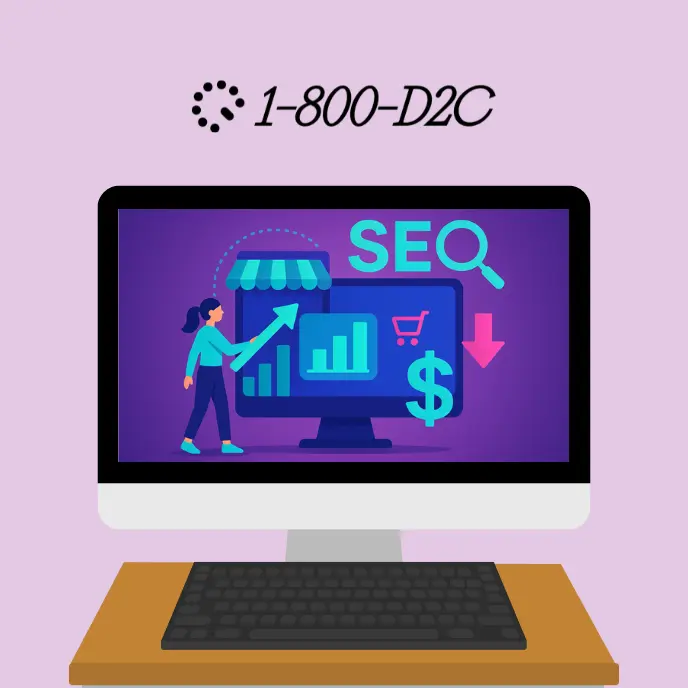
Setting the right price for your direct-to-consumer product isn't just about covering costs and adding margin.
It's a strategic decision that shapes everything from your brand perception to your customer acquisition economics. Get it wrong, and you'll either leave money on the table or watch potential customers abandon their carts. Get it right, and pricing becomes your most powerful growth lever for launching your brand, becoming more impactful than your ad creative, and more scalable than your referral program.
The challenge intensifies when you're navigating the spectrum between premium and mass-market pricing positioning.
Should you aim for accessibility with competitive pricing, or signal quality through higher (premum) price points? The answer lies in understanding both your brand's DNA and the psychological triggers that drive purchasing decisions in different D2C market segments.
[cta-btn title="Build Your Brand And Become A Member" link="/membership-pricing"]
Before you can price effectively, you need clarity on where your brand naturally sits in the market.
In DTC, “mass‑market” usually refers to competitively priced, broadly appealing products focused on value and convenience (often under $50 in many fast-moving categories). “Premium” DTC brands typically charge significantly more (often starting from the $70–$100 range), invest heavily in packaging, storytelling, and brand positioning, and appeal to consumers seeking quality signals, status, or alignment with values. A great example of this are the Apple iPhones, their cases, boxes (the seamless lift from closed), which paints a story of elegance and a premium customer experience.

Think of brand value as three concentric circles.
At the center is functional value, which means what your product does.
The middle ring represents emotional value, which means how it makes customers feel.
The outer ring is tribal value, which translates to what owning your product says about someone's identity.
Mass-market brands compete primarily on that functional core, while premium brands derive most of their pricing power from the emotional and tribal layers.
To determine your natural positioning, ask yourself these five questions:
If you answered with low percentages, feature focus, broad income targets, marketplace comfort, and minimal service expectations, you're built for mass-market success. The opposite answers point toward premium positioning. The danger lies in trying to straddle both worlds without commitment. If you try to double dip, you'll end up with confused customers and compressed margins.
Price communicates far more than cost. It's a shorthand for quality, aspiration, and belonging. Behavioral research shows that consumers use price as an anchor for value assessment, especially when they lack other comparison points. A $89 silk t-shirt doesn't just cost more than a $19 alternative; it signals membership in a different tribe entirely. Brands like Kith have mastered this tribal signaling, using limited drops and elevated price points to cultivate a sense of exclusivity and cultural cachet among fashion-forward consumers.
Context dramatically shifts willingness to pay for your target consumer. The same product can command different prices based on packaging quality, scarcity cues, social proof, and even minute design choices. Luxury D2c brands obsess over these details because they understand that perception creates reality in pricing. A hand-stamped serial number, a founder's note, or a limited-edition colorway can justify a 50% premium without changing the core product.
Visual presentation matters enormously, especially for premium pricing verticals. Consider three identical white t-shirts: one folded in a plastic bag for $15, another in a simple box for $45, and a third in a magnetic-closure box with tissue paper for $89. The product hasn't changed, but the brand message has evolved from basic necessity to considered purchase to luxury indulgence.
While MBA programs teach distinct pricing models, only a few translate effectively to DTC reality.
Value-based pricing, which is charging based on perceived worth rather than production cost, dominates successful premium brands. This approach requires deep customer research to understand willingness to pay, but it captures the full value your brand creates beyond functional benefits.
Competitive pricing works well in saturated categories where customers actively comparison shop. If you're selling supplements or basic apparel, indexing against category leaders helps you stay in consideration while competing on other dimensions like sustainability or customer service. The risk is racing to the bottom if you don't have clear differentiation.
The good-better-best ladder pricing model remains one of the most powerful frameworks for DTC brands. By offering multiple price tiers, you let customers self-select based on their budget and commitment level while protecting premium margins on your highest-tier products. This approach works because it leverages the compromise effect—when presented with three options, most buyers gravitate toward the middle.
Here's what many founders miss: per-unit margin tells only part of the story. A mass-market product with 40% gross margin but strong repeat purchase behavior might generate better unit economics than a one-time premium purchase with 70% margins. The key metric is customer lifetime value exceeding customer acquisition cost, regardless of your pricing strategy.
Selecting your pricing lane requires honest assessment of three factors: your addressable market's wallet size, your category's price elasticity, and your brand's aspirational pull.
Start by surveying your existing customers about household income, discretionary spending, and competitive alternatives they considered. This data, combined with retention cohorts showing repeat purchase behavior at different price points, reveals your natural ceiling.
Some brands successfully bridge strategies by maintaining premium hero products while offering entry-price items that welcome new customers. Allbirds exemplifies this approach with their core shoe line commanding premium prices, but accessories like socks creating affordable entry points. Away luggage follows a similar playbook with passport holders and packing cubes feeding into four-figure luggage sets.
Single-price strategies leave money on the table. Smart DTC brands create deliberate ladders and customized pricing models that guide customers upward over time. Start with an anchor product that represents your brand essence at an accessible price point. This isn't your cheapest item. This product is your best value proposition for newcomers.
Next, design your ladder with your target consumer psychology in mind. Include a similar product priced slightly below your target hero product to make the hero seem like better value. Add premium tiers through limited editions, exclusive color schemes, or enhanced features that justify 50-100% premiums. Bundles multiply margins by increasing average order value while reducing per-unit fulfillment costs.
The classic razor-and-blade model translates beautifully to DTC subscription businesses. Sell the initial product at a modest margin, then generate recurring revenue through refills, replacements, or complementary products. Think like Dollar Shave Club's pricing strategy. This works especially well when you can create proprietary formats that lock in repeat purchases—think Nespresso pods or unique supplement formulations.
[single-inline-tool]
Pricing isn't a set-and-forget decision. Leading DTC brands run quarterly experiments to optimize their pricing architecture. Start with simple A/B tests on landing pages, showing different price points to random visitor segments. Track not just conversion rates but also average order values and downstream metrics like repeat purchase rates.
When testing, follow this order of operations: first, experiment with psychological anchors like $39 versus $40. Then test bundle configurations and subscription discounts. Only after establishing your core architecture should you experiment with promotional strategies. Keep discounts modest—never exceed 20% off your standard price unless you're clearing inventory. Deeper discounts train customers to wait for sales and erode brand equity.
Technology makes sophisticated testing accessible. Shopify Scripts enable dynamic pricing based on customer segments. Tools like Optimizely or Dynamic Yield support multivariate testing across your entire pricing ladder. ProfitWell's willingness-to-pay surveys provide quantitative backing for your hypotheses. The key is maintaining statistical rigor. You'll need to run tests for full buying cycles and ensure sample sizes support confident decisions.
Revenue per visitor (RPV) provides the clearest short-term signal of pricing effectiveness. Unlike conversion rate alone, RPV captures both the likelihood of purchase and the value of each transaction. Monitor this metric by traffic source, as different channels attract customers with varying price sensitivities.
Gross margin after returns tells the true story of your unit economics. Premium brands should maintain 65-75% margins even after accounting for returns and replacements. Mass-market players can thrive at 45-55% if they achieve sufficient velocity. You'll need to watch for margin erosion from excessive discounting or rising return rates, which can both signal pricing misalignment.
For subscription or consumable DTC brands, cohort-based lifetime value analysis reveals whether your pricing supports sustainable growth. Plot LTV curves by acquisition cohort and price point. Healthy pricing shows LTV expanding over time as customers graduate to higher tiers or increase purchase frequency. If LTV plateaus early or varies wildly by minor price differences, your architecture needs work.
Transforming your pricing doesn't require wholesale changes overnight. Start by auditing your true unit economics, including all costs from production through order fulfillment. Survey existing customers about price sensitivity and competitive alternatives. Map where competitors position themselves and identify gaps you could fill.
In your second month, draft a new pricing ladder based on your findings. Then, create messaging that justifies each tier's value proposition. Run limited traffic A/B tests to validate your hypotheses before full rollout. Set up dashboards to track RPV, margin, and cohort LTV in real-time.
By month three, implement winning price points across your site. Update product descriptions and FAQs to reinforce value at each tier. Align your retention marketing to encourage tier graduation over time. Schedule quarterly reviews to assess performance and plan next experiments.
Pricing strategy in DTC isn't about finding a magic number, it's about aligning your price architecture with your brand promise while optimizing for sustainable unit economics. Whether you choose premium positioning with its focus on scarcity and storytelling, mass-market accessibility with velocity and value, or a bridge strategy capturing both, success comes from clarity of vision and rigorous testing.
Remember that pricing power compounds over time. D2C Brands that start with clear positioning and build customer trust can raise prices gradually while maintaining loyalty.
Those that compete purely on price face a constant battle against margin erosion. Choose your lane deliberately, build your ladder thoughtfully, and never stop experimenting. Your pricing strategy might be the difference between another undifferentiated DTC and the next category-defining brand.
[inline-cta title="Discover More With Our Resources" link="/resources"]

Optimizely offers powerful, easy to use solutions, to test what messages, imagery, and offers help increase conversion, retention, and lifetime value.



